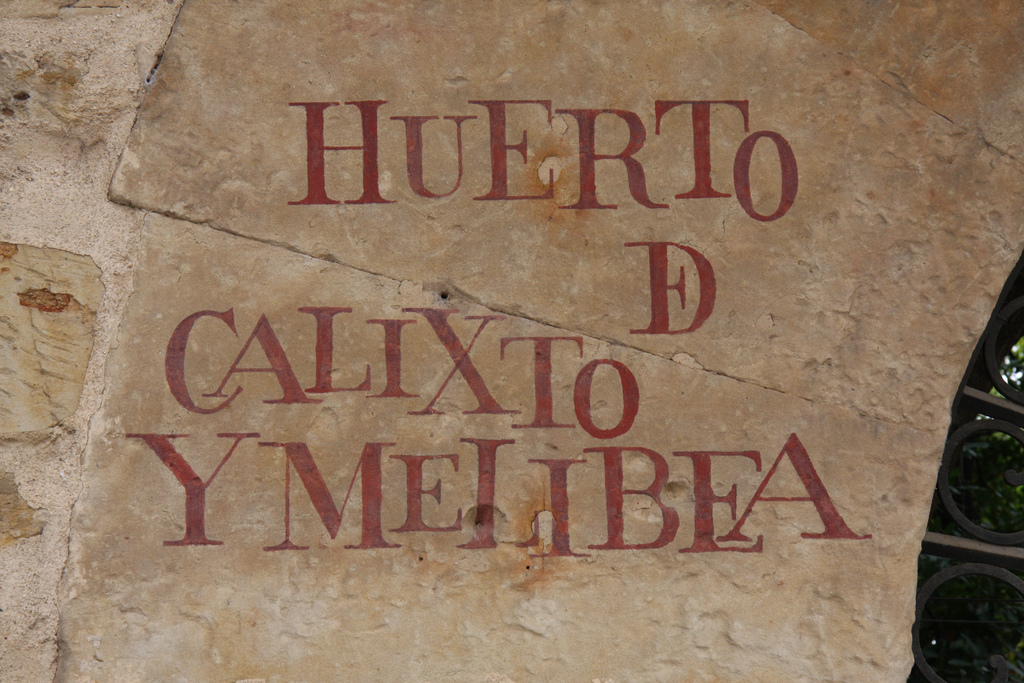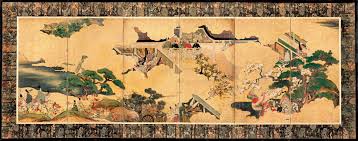Unearthing the Bookworms: First Novels in Original Languages
As language lovers it is pretty much a given that we are also huge fans of books. So it goes without saying that combining these two things make us very happy indeed; happier than Samwise Gamgee in a field of potatoes and anyone with a heartbeat in the presence of Jamie Fraser.
Okay maybe not quite that happy, but still. Close enough.
So here is what we would like to do. There has to be a first book that turned a casual reader into a bookworm. There must be a passage or line in a book that sucked the reader in and made them immerse themselves in strange lands with fictional characters that felt as real to them as their own flesh and blood. And since we cannot know which were those first books for everyone, instead we are going to look at what are considered to be some of the first novels in original languages. Because we love language diversity. And a little bit of a history lesson. And as we also may have mentioned, we love books.
Let’s take a look!
English
Claiming a novel as the first one in English is wrought with difficulties, because critics have, as critics do, conflicting opinions and definitions. If we can consider a retelling of a story a ‘first’ novel, then the winner in this category would be Le Morte d'Arthur, written by Thomas Malory in 1470 and published in 1485. Chronologically speaking if this novel were to be excluded, our next option would be Beware the Cat. This was written in 1553 by William Baldwin, and published in 1570 and 1584, and is considered to be of the horror genre.
Beware the cat indeed…. via Pixabay
The story is set in London during the reign of Edward VI, and sees a first person narrator telling two of his friends stories on a cold Christmas night. Supernatural elements weave forbidden lore and magic into a tale that a casual reader can enjoy without the apparently strong anti-Catholic undercurrents of the book being overwhelming.
Greek
As is only right, when it comes to Greek works of literature, first thoughts turn to Iliad’s Homer and The Odyssey, thought to have been written around 8 BCE. These works, however, are poems rather than novels, so we must look elsewhere.
Five novels survive complete from the classical antiquity: Callirhoe by Chariton of Aphrodisias, Leucippe and Clitophon by Achilles Tatius, Daphnis and Chloe by Longus, Ephesian Tale by Xenophon of Ephesus, and Aethiopica by Heliodorus. Callirhoe is thought to have been written around the middle of the 1st century ACE, and tells the story of Chaereas who falls passionately in love with Callirhoe, the daughter of Peloponnesian War hero Hermocrates. Callirhoe’s beauty is a somewhat earthly parallel to that of Aphrodite, and crowds are said to be overawed in her presence.
Chaereas and Callirhoe marry, but her disappointed suitors convince Chaereas that Callirhoe has been unfaithful. He kicks her and she is presumed dead, she ends up married to another man but pregnant with Chaereas’ child. Before the conclusion of the story there is war, keeping them separated before Chaereas can be proved to be her true husband. This novel does have a happy ending because the pair return to their native Syracuse together triumphant and in love. Aww.
Learning a new language? Check out our free placement test to see how your level measures up!
Spanish
Don Quixote, we hear you say, Don Quixote. And yes; we too are fans of this incredible work by Cervantes, but if we are trying to consider those works that really came first in our look at first novels, this one doesn’t quite fit the bill. Our first contender for the title of first is Calila e Dimna, by Alfonxo X, a translation of the Arabic work Kalila wa-Dimna. Kalila wa-Dimna itself dates back to the 8th century; Calila e Dimna was published in 1251, some 350 years before Cervantes’ Don Quixote.
The second first novel nominee is The Tragicomedy of Calisto and Melibea, or La Celestina. Published by Fernando de Rojas in 1499, this novel is said to mark the beginning of the literary renaissance in Spain. The story tells of the adventures of Calisto, a rich young bachelor who visits a garden and becomes besotted with Melibea, the daughter of the house to which the garden belongs. Procuress Celestina is summoned to help Calisto see Melibea again, and there follows a tale of double-crossing, lies and deceit, ending with a somewhat Romeo and Juliet-esque feel where both young lovers ultimately die. Not a happily ever after story, but a good story nonetheless.

Photo via Pixabay
Japanese
Japan’s contribution to our look at first novels has also been called the world’s first novel, the first modern novel, the first psychological novel and the first novel to be considered a classic. The Tale of Genji, or 源氏物語 (Genji monogatari), was written by Murasaki Shikibu and published some time before 1021. It is the story of Hikaru Genji, son of Emperor Kiritsubo, and a low-ranking though thoroughly beloved concubine called Lady Fujitsubo. Genji is in love with Fujitsubo but married to another woman; he has a series of unsuccessful affairs throughout the marriage although they are reconciled long enough for his wife, Aoi no Ue, to conceive a son, albeit die shortly after.

Photo via Pixabay
In an uncomfortable plot twist, Genji becomes obsessed with a ten year old girl who is the niece of Lady Fujitsubo, kidnapping her and eventually going on to marry her when she is older. He is also unfaithful to her, and there follows so many twists and turns of plot devices about who is in political power and who is not, who is betraying whom, and so on, that it’s the kind of book that makes you want to reread passages just to make sure you’ve understood what is happening correctly.
Given the amount of languages out there it goes without saying that there are a lot of first novels too. We hope you have enjoyed this peek into some literary contributions that perhaps you were unaware of - join us next time for round two!



